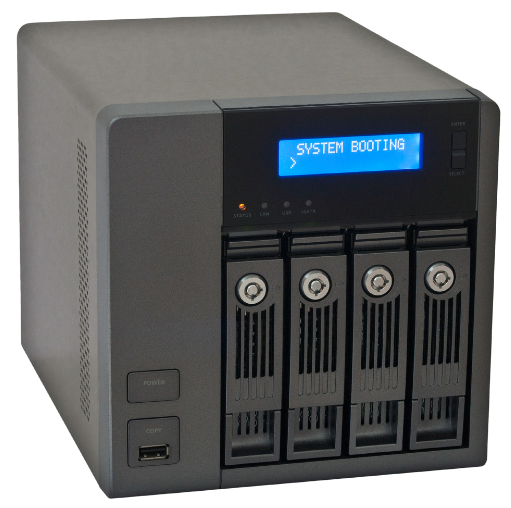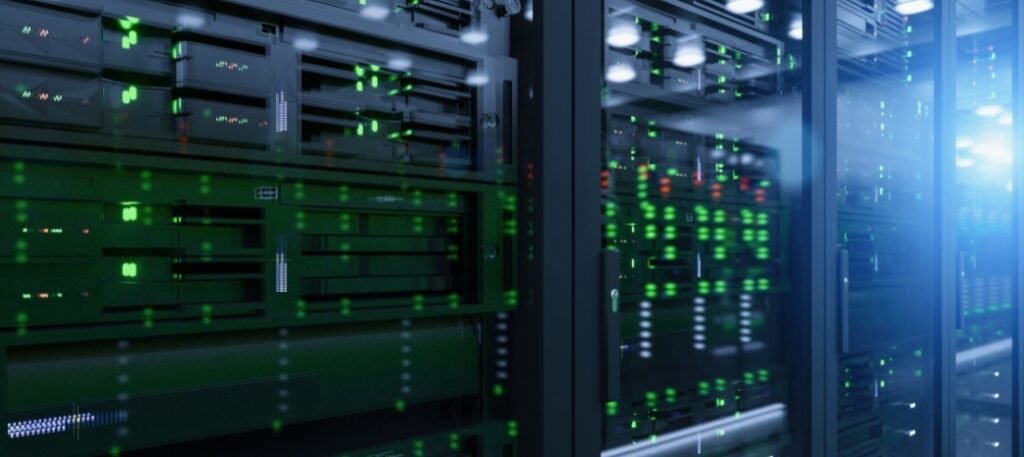In the digital age, data is king. From personal photos and music collections to business documents and critical applications, we generate and store more information than ever before. But where do we keep it all? This is where network-attached storage (NAS) and storage area networks (SAN) come into play. Both offer solutions for managing and accessing vast amounts of data, but they cater to different needs and budgets.
The Need for Networked Storage
Imagine storing all your important files on a single computer. What happens if that computer crashes? All your data could be lost. This is where traditional storage methods fall short. Networked storage solutions like NAS and SAN provide a centralized location for storing and accessing data across a network. This offers several advantages:
- Security: Data is no longer tied to a single device, reducing the risk of loss from hardware failure.
- Accessibility: Multiple users can access the same data simultaneously from different devices on the network.
- Scalability: Storage capacity can be easily expanded as data needs grow.
- Centralized Management: Data backups and security protocols can be applied centrally for better control.
Network Attached Storage vs Storage Area Network
Understanding Network Attached Storage (NAS)
Think of a NAS as a dedicated file server connected to your network. It typically comes as a self-contained device with multiple hard drives pre-configured to work together. Here’s what makes NAS a popular choice:
- Easy Setup: Setting up a NAS is often as simple as plugging it into your network and following a user-friendly interface.
- Cost-Effective: NAS devices are generally more affordable than SAN solutions, making them ideal for home users and small businesses.
- File-Level Access: NAS allows users to access and manage data using familiar file structures and protocols like SMB/CIFS (commonly used in Windows environments) and NFS (commonly used in Unix-like environments). This makes it intuitive for non-technical users.

Key Features of NAS:
- Multiple Drive Bays: NAS devices often come with multiple drive bays, allowing you to expand storage capacity as needed.
- RAID Support: Many NAS devices support RAID (Redundant Array of Independent Disks) configurations, which helps protect data from drive failure.
- Media Streaming: Some NAS devices come equipped with media streaming capabilities, allowing you to directly stream music and videos to other devices on your network, like smart TVs or media players.
- Remote Access: Certain NAS devices allow you to access your files remotely over the internet, perfect for accessing important documents on the go.
Understanding Storage Area Network (SAN)
While NAS excels in simplicity and affordability, SANs cater to a different niche. Imagine a dedicated high-speed network built specifically for storage devices. This is the essence of a SAN. Here’s what sets SANs apart:
- High Performance: SANs utilize specialized protocols like Fibre Channel or iSCSI, offering significantly faster data transfer speeds compared to NAS, which relies on standard Ethernet. This makes them ideal for mission-critical applications requiring real-time data access.
- Block-Level Access: Unlike NAS, which provides access to files, SANs operate at the block level. This means data is divided into smaller chunks, offering greater flexibility and control for the specific storage needs of virtual machines and databases.
- Scalability: SANs offer exceptional scalability. Additional storage devices can be easily integrated into the network, making them perfect for large-scale data centers.

Key Features of SAN
- Dedicated Network: SANs utilize a separate network from your regular data network, minimizing traffic congestion and ensuring optimal performance for storage tasks.
- Disaster Recovery: SANs can be configured for advanced disaster recovery solutions, allowing for quick data replication and failover in case of outages.
- Virtualization Support: SANs are ideally suited for virtualized environments, where multiple virtual machines can access and share storage resources seamlessly.
NAS vs SAN: Choosing the Right Solution
Now that we understand the core functionalities of NAS and SAN, it’s time to delve into the key differences:
- Network Type: NAS utilizes standard Ethernet connections, making it readily compatible with most existing networks. SANs, on the other hand, require specialized Fibre Channel or iSCSI connections, which can be more expensive to implement.
- Data Access: NAS provides user-friendly file-level access, making it easier for non-technical users to navigate and manage data. SANs offer block-level access, which requires more technical expertise to configure and manage.
- Management: Setting up and managing a NAS is generally straightforward. SANs, with their dedicated network and block-level access, demand a higher level of IT expertise for configuration and maintenance.
- Cost: (continued) NAS devices are generally more affordable than SAN solutions. The upfront cost of a NAS device itself is lower, and the existing Ethernet infrastructure eliminates the need for specialized network components.
- Scalability: While NAS offers some level of scalability by adding additional drives, SANs excel in this area. Their dedicated network architecture allows for seamless integration of more storage devices as data needs grow, making them ideal for large-scale environments.
Applications for NAS and SAN
Choosing between NAS and SAN boils down to understanding your specific storage needs. Here’s a breakdown of where each solution shines:
Ideal Applications for NAS
- Home Users: NAS is a perfect solution for centralizing and sharing personal data like photos, music, and documents across multiple devices in a home network.
- Small Businesses: NAS offers a cost-effective and user-friendly way to share files, collaborate on projects, and back up important business data.
- Media Streaming: NAS devices with media streaming capabilities allow you to create a centralized hub for your music and movie collection, providing easy access to entertainment on various devices within your network.
Ideal Applications for SAN
- Large Enterprises: SANs cater to organizations with massive data storage requirements and mission-critical applications that demand high performance and real-time data access.
- Virtualization: SANs are the go-to solution for virtualized environments, where multiple virtual machines can leverage and share storage resources efficiently.
- High-Performance Computing (HPC): SANs provide the high-speed data transfer rates needed for demanding applications in fields like scientific research, engineering simulations, and video editing.
Read: PC vs Laptop: A Comparative Analysis
Conclusion
In the realm of network storage, both NAS and SAN offer valuable solutions. NAS stands out for its user-friendliness, affordability, and ease of setup, making it ideal for home users and small businesses. SANs, on the other hand, cater to large-scale data centers and mission-critical applications with their exceptional performance, scalability, and advanced data management features. By understanding your specific needs and budget, you can choose the right storage solution to keep your valuable data secure and readily accessible.





